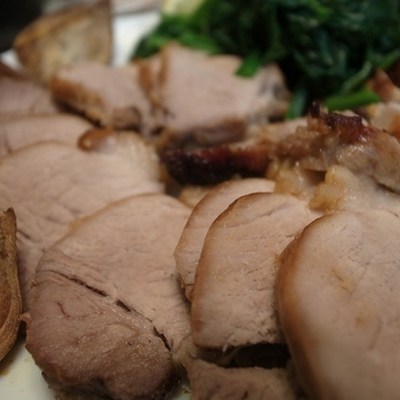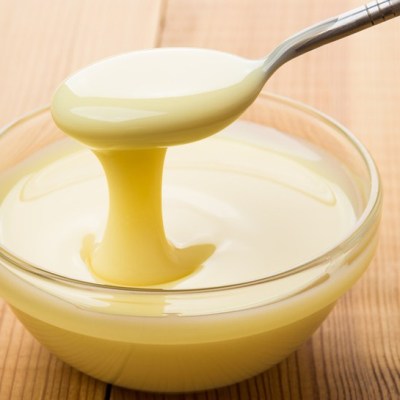
Is ‘Sonic The Hedgehog 3’ Already In The Works?
Zach BrownThe news of Sonic the Hedgehog 3 has sent fans of the beloved video game character into a frenzy of excitement, building upon the success of its predecessors, Sonic the Hedgehog and Sonic the Hedgehog 2. Paramount’s commitment to delivering thrilling cinematic adventures featuring Sega’s iconic blue speedster has garnered both critical acclaim and commercial […]

Meet The Couple Who Are Selling Their Home And Buying A $2.5 Million Cabin On A Cruise Ship
Caitlin KubitzThis sweet old couple has decided to sail away for retirement 80-year-old Mike Soroker, and his wife, Barbara 75, had just finished taking four cruises together and loved every minute of it. Following their return from their last trip, the retirees made a bold choice: to purchase a condo on a cruise ship so they […]

These Are The Hottest New Movies Coming To Steaming This Week
Zach BrownGet ready to dive into the latest and greatest in the world of streaming entertainment as we present the hottest new movies making their debut this week. From thrilling blockbusters to heartwarming dramas, these films are set to captivate audiences and offer a cinematic escape right from the comfort of your own screen. Whether you’re […]

Traveling To Paris? Here’s What You Need To Know About Their Bedbug Situation
Caitlin KubitzWhen not letting bed bugs bite becomes an extreme sport… Paris, France is dancing with an unsettling bed bug ballet, as a multitude of eerie images and chilling reports infest social media platforms, setting a spine-tingling fear. The bloodsucking creepy crawlies have completely taken over the city of light, prompting French transport minister Clément Beaune […]

Tom Hiddleston Shares Exciting News About The Return Of The ‘Loki’ Series
Caitlin KubitzAfter keeping us in suspense with a major cliff hanger in it’s first season, Disney+ has finally reintroduced Loki for streamers on October 5th! The series is another Marvel spinoff that stars Thor’s ‘troubled adoptive brother’, Loki, who is played by the charismatic Tom Hiddleston. After two years of anxious waiting, fans can finally rejoice […]

No Gloves Required! Here’s Apple’s Official Advice For Your Overheating iPhone 15
Zach BrownAs winter approaches, iPhone 15 users might be more concerned about their devices overheating than needing hand gloves. Reports have surfaced regarding overheating issues with the iPhone 15, iPhone 15 Max, iPhone 15 Pro, and iPhone 15 Pro Max, with temperatures reportedly exceeding 100 degrees Fahrenheit. Users have taken to social media, particularly X (formerly […]
Trending

Everyday LifeAloha And Yum!
Brianna Morton

Everyday LifeThis Video Of A Mama Dog Begging For Food To Feed Her Pups Will Melt Your Heart
Chelsie Hollis

Favorite ProductsWe Tried the Latest Weight Loss Sensation: Here’s What Happened
Brittany Baxter

Everyday LifeThis Owner’s Dog Steals Her Burger And It’s So Savage
Chelsie Hollis

Everyday LifeMcDonald’s Says That The Four Chicken Nugget Shapes Are Deliberate
Jessica Goddard
Spotlight Section
Oola Recommends

Life at HomeHow To Open A Locked Door Without Having To Pay A Locksmith
Anjula Montgomery

Social LifeHow to Throw a Backyard Wedding for Under $8K
Laura Bennett

Social LifeWedding Invite Etiquette: Answering All Your Burning Questions
Claudia Guthrie

Social LifeElevator Etiquette: What You’re Doing Wrong
Mason Morgan

Life in FlavorA Guide To Italian Deli Meats
Amanda Huffman

Life at HomeThe One Person You Shouldn’t Forget To Talk To While Looking For A New Home
Tamara Gane




